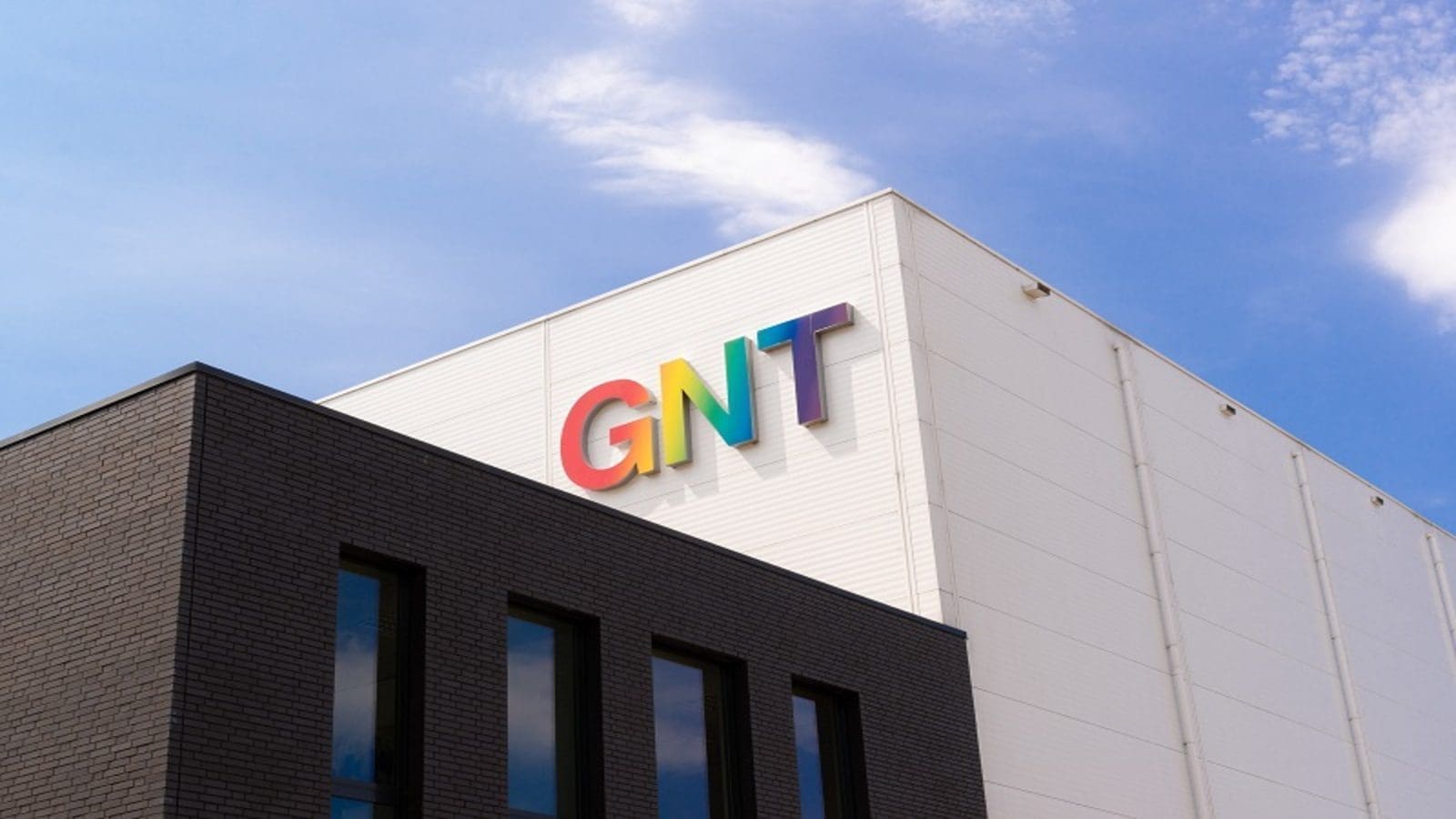NEW ZEALAND – The leading New Zealand dairy co-operative, Fonterra has raised its sustainability targets and pledging to reduce water use at six of its New Zealand new manufacturing sites by 30% by 2030.
The six facilities that Fonterra targets include Maungatoroto, Lichfield, Brightwater, Darfield, Edendale and Clandeboye.
The dairy giant estimates that more than 3.4 billion litres of water will be saved every year under new water targets, as part of moves to accelerate sustainability.
All other sites across Fonterra’s entire manufacturing footprint will take steps to keep water use to 2018 baselines, the company said.
“Water is a precious resource and we can’t take it for granted,” said Fonterra chief operating officer global operations Robert Spurway.
“For some parts of New Zealand, water isn’t always in the right place at the right time, and our water use in these regions can put stress on local water sources and the communities that rely on them,”
“Reducing our water use at our manufacturing sites is the right thing to do for the environment and for the communities we operate in. That’s why we’ve set this new target, which will save billions of litres of water.”
Mr Spurway noted that taking a targeted approach will ultimately result in better efficiency and outcomes.
“We’ve focused on the six sites where major water savings can have the greatest impact. This means we can target efforts and investment into those regions most in need,” he added.
This target is the latest in a series of commitments the Co-operative has set as it embeds sustainability at the heart of its strategy.
Among other sustainability commitments that Fonterra has made include: reducing emissions by 30% across all manufacturing operations by 2030 while targeting net zero by 2050 and improving the energy intensity of all sites by 20% by 2020.
Fonterra is also aiming at achieving 100% recyclable, reusable and compostable packaging by 2025, setting up a tailored Farm Environment Plan for every farmer by 2025 as well as farm-specific emissions reports for every farmer by the end of this season.
The targets are supported by investment and partnerships with suppliers, and adoption of new technologies at its manufacturing facilities.











